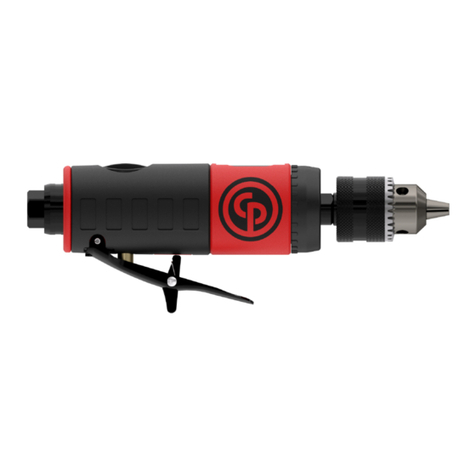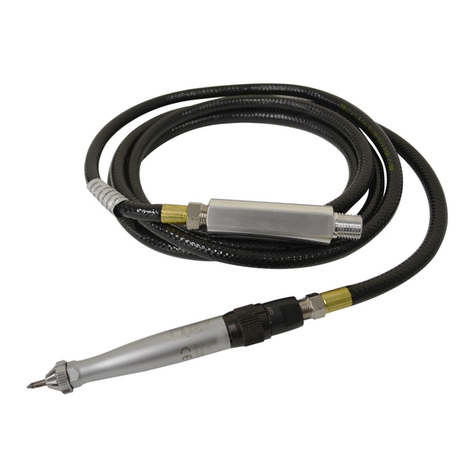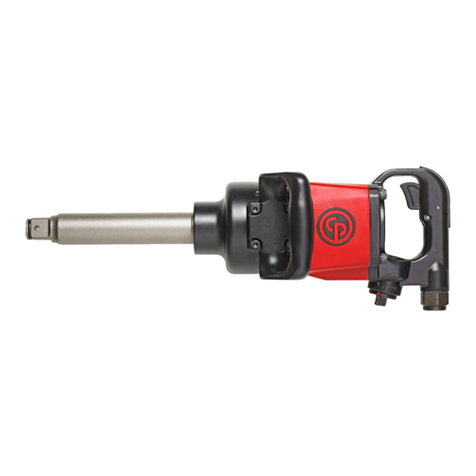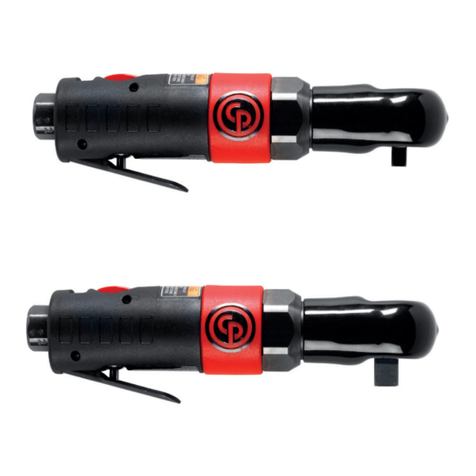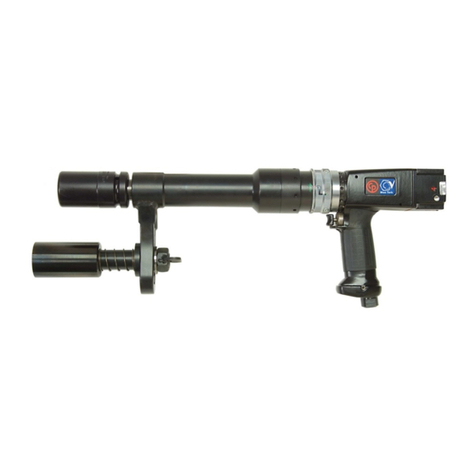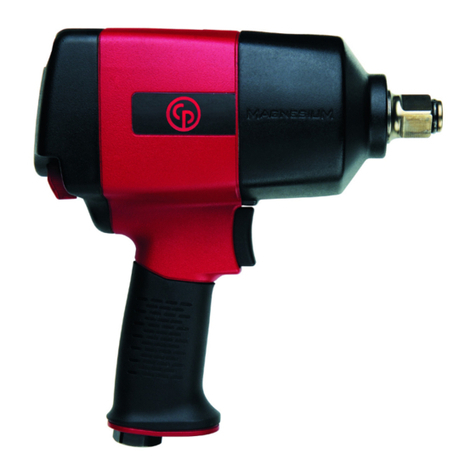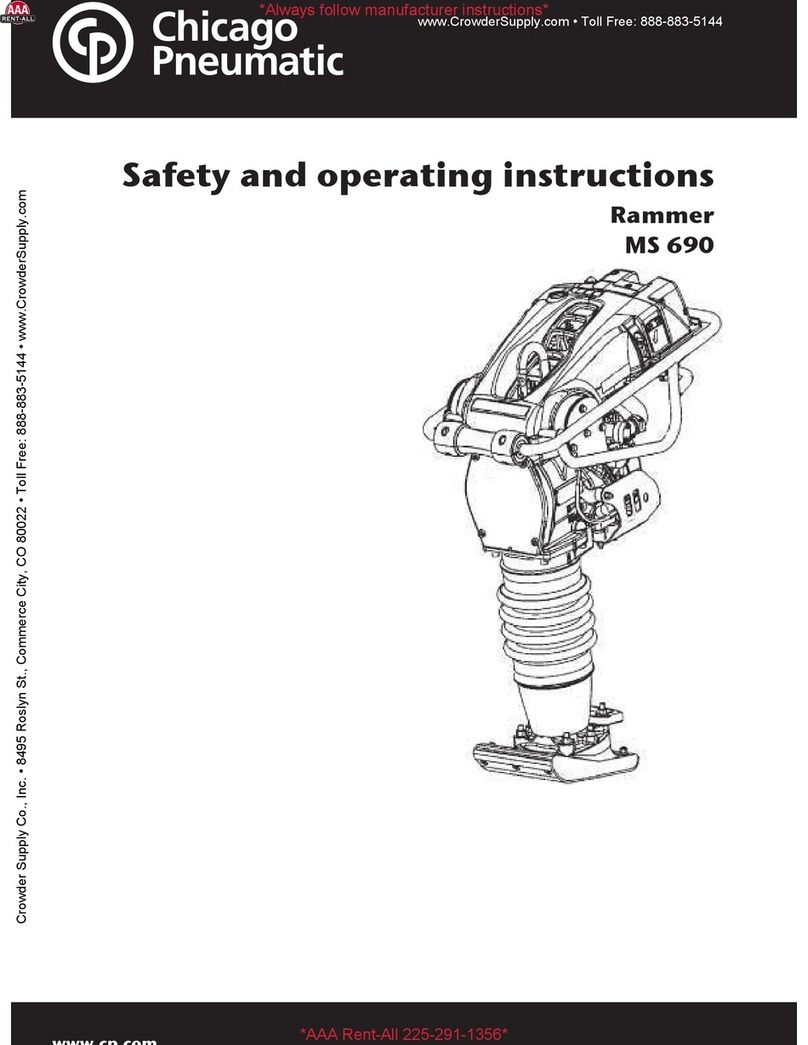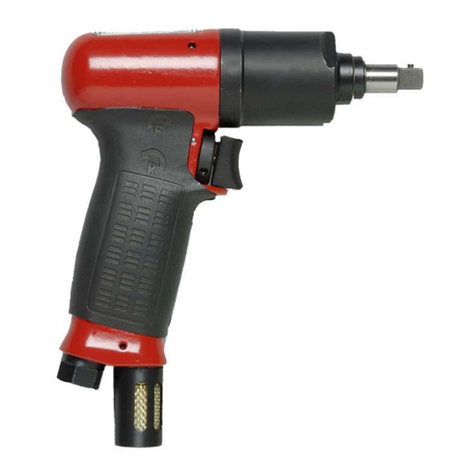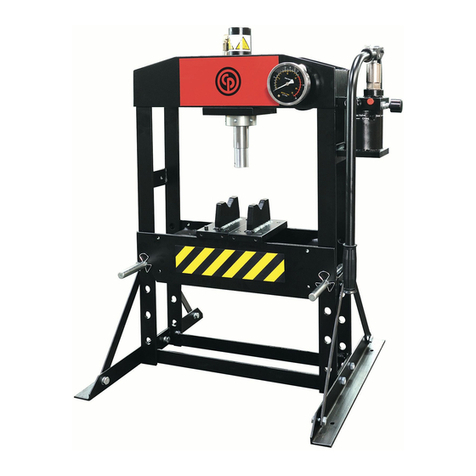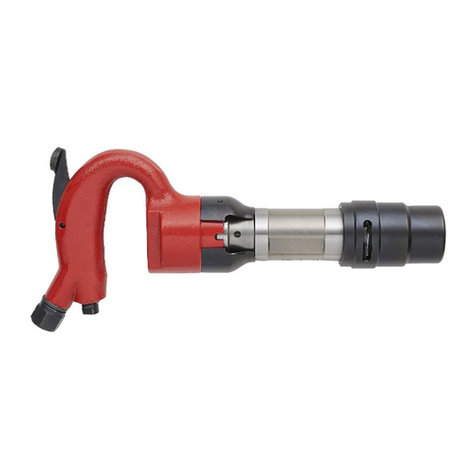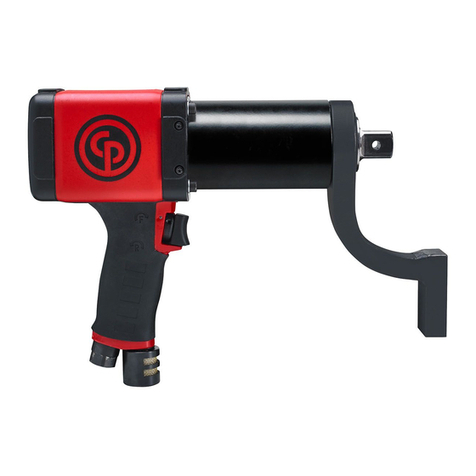
8
Before the first installation:
Before mounting/dismounting the hydraulic tool
and/or any maintenance work on the hydraulics of
the hydraulic tool/carrier the hydraulic system must
be depressurized!
When using or transporting the carrier with the hy
draulic breakers attached, the instructions included in
the operating manual supplied by the carrier manu
facturer must also be observed.
Do not run any hydraulic lines for attachment of the hy
draulic breaker through the driver’s cab! Hydraulic lines
may spring a leak or even burst! During operations, the
hydraulic oil becomes very hot.
Mounting the hydraulic breaker:
Mounting the hydraulic breaker requires the pres
ence of an assistant, who must be instructed by the
carrier driver. The carrier driver and assistant should
agree beforehand on clear hand signals.
For transport purposes, use only the lugs provided
and hoisting equipment of sufficient capacity.
The hydraulic breaker should only be mounted on an
excavator with sufficient load capacity. The carriers
specified under Section 13, Technical specifications
are needed to install the hydraulic breaker.
Carriers below this weight class will not provide the
required degree of stability and could even fall over
during hydraulic breaker use, causing injury and
damage.
Carriers above this weight class may apply excess
ively high mechanical loads to the attachment.
When attaching the adapter use only the special
steel screws included in supply.
Check the nominal width of the hydraulic lines on
existing hydraulic systems. It is important that supply
and return lines for the hydraulic oil are adequately
dimensioned.
Keep your hands away from bores and fitting sur
faces when mounting the hydraulic breaker, es
pecially when the carrier boom is moving.
Collect any oil which runs out and dispose of it in ac
cordance with the applicable statutory provisions to
avoid environmental hazards.
When putting into use hydraulic breakers with
high−pressure accumulators the applicable
national requirements are to be observed, e.g. in
Germany an authorized person/inspection body is
to inspect and certify the system on site before put
ting it into use.
Fitting and removing the working tool:
Always wear protective glasses when fitting or re
moving the working tool, since metal splinters may fly
off when hammering out the locking bolts.
The working tool should only be fitted in the way de
scribed in this operating manual.
Never use your fingers to check whether the re
cesses on the working tool shaft are aligned to the
slots for the retainer bars.
Operating the hydraulic breaker:
Close the front screen/splinter guard on the driver’s
cab to protect the driver from flying rock splinters
during breaker operations.
Wear ear protectors
The national regulations of the country of use as re
gards excavator operations with percussive tools
shall apply.
Guaranteed sound power level
The LWA guaranteed sound power level is an upper
limit, indication of which is mandatory under EU di
rective 2000/14/EC. The guaranteed sound power
levels are listed in section 13, Technical Specifica
tions.
Do not start up the hydraulic breaker until both carrier
and hydraulic breaker are in the correct position.
Stop the hydraulic breaker immediately as soon as
persons are in the danger zone. The danger zone
during the breaker operation is considerably greater
than during the excavation operation −on account of
fractions of stones and pieces of steel flying around −
and for this reason, the danger zone must, depend
ing on the type of material to be worked on, be en
larged correspondingly, or the danger zone must be
secured in a suitable manner through corresponding
measures.
Do not touch any hot parts
The hydraulic breaker heats up during operation.
Monitor the oil temperature
The temperature of the hydraulic oil must never ex
ceed 80°C. If higher temperatures are measured in
the tank, the hydraulic system and/or the pressure−
relief valve have to be checked.
Observe the excavator manufacturer’s safety regula
tions.
CAUTION!
With regard to excavator operation when working
with an attached hydraulic breaker, please refer to
Section 6.5.
The hydraulic breaker is only to be used for the ap
plications described.
